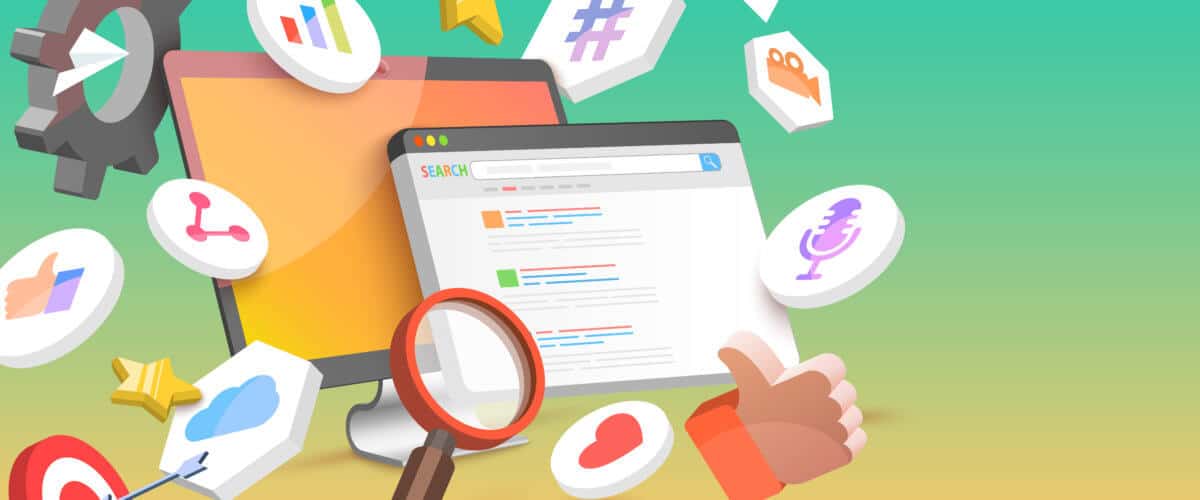Introduction Social media is a big part of youth culture, offering both opportunities and challenges. Imagine using social media not just to connect with friends, but to learn, grow, and […]

Introduction
Social media is a big part of youth culture, offering both opportunities and challenges. Imagine using social media not just to connect with friends, but to learn, grow, and express yourself creatively. This article explores how social media impacts youth and provides tips for navigating the digital world responsibly.
Positive Effects of Social Media
Social media helps youth stay connected with friends and family. A Pew Research study found that 81% of teens feel more connected to their friends through social media. It offers educational resources, like online courses and study groups, and is a platform for creativity, where youth can share their talents and passions.
Consider Emily, a high school student who uses Instagram to showcase her photography. Through social media, she connected with professional photographers who provided feedback and mentorship, helping her improve her skills.
Negative Effects of Social Media
However, social media can also have downsides. Cyberbullying and online harassment are significant issues. A study found that 34% of students experienced cyberbullying. Social media can exacerbate mental health issues like anxiety, depression, and FOMO (fear of missing out). The APA reports that more social media use correlates with higher rates of mental health issues. Excessive screen time can also lead to addiction, affecting physical health and school performance.
Take Jake, who found himself constantly comparing his life to others on social media. This led to feelings of inadequacy and depression. By taking a break from social media and focusing on real-life connections, Jake was able to improve his mental health.
Social Media and Identity Formation
Social media plays a crucial role in identity formation. It can boost self-esteem through positive interactions but also negatively impact body image and self-worth due to unrealistic beauty standards. A study found that exposure to idealized images on social media can lead to body dissatisfaction. Developing digital literacy and critical thinking skills is essential for navigating these challenges.
Sarah’s story is a good example. She struggled with body image issues due to the perfect images she saw on social media. By following body-positive accounts and learning about digital manipulation, Sarah developed a healthier self-image.
Privacy and Safety
Protecting personal information online is crucial. Only 40% of teens use privacy settings on social media. Understanding data usage and recognizing online predators are critical components of staying safe online. The FBI reported a rise in online exploitation cases involving minors, highlighting the need for awareness and caution.
Consider Mia, who learned the importance of privacy settings after a stranger tried to contact her. She adjusted her settings to be more private and shared her experience with friends, promoting safer online practices.
Balancing Online and Offline Life
Maintaining a healthy balance between online and offline life is crucial. The American Academy of Pediatrics recommends limiting screen time to less than two hours per day. Strategies for reducing screen time include setting limits and prioritizing offline activities. Encouraging physical activities, hobbies, and face-to-face interactions promotes well-being.
Think about Alex, who realized he was spending too much time online. He set daily limits on his screen time and took up hiking. The physical activity and time spent in nature significantly improved his mood and overall well-being.
Parental and Educational Roles
Parents and educators play key roles in guiding responsible social media use. Studies show that teens who discuss online activities with parents make safer choices. Schools can implement digital citizenship programs, teaching students about the ethical and safe use of technology.
For instance, Lucy’s school started a digital literacy program that taught students about online safety and responsible use. Lucy found the program helpful and shared what she learned with her younger siblings.
Conclusion
Social media’s impact on youth is complex. By promoting mindful use and fostering digital literacy, youth can navigate the digital world effectively. Remember, you have the power to control your online experience. Use social media as a tool to enrich your life, and stay balanced by engaging in meaningful offline activities. With support from parents and educators, you can create a balanced and safe online environment that supports healthy development. Encouraging responsible use and open communication maximizes the benefits and minimizes the risks of social media.

Support us!
All your donations will be used to pay the magazine’s journalists and to support the ongoing costs of maintaining the site.
Share this post
Interested in co-operating with us?
We are open to co-operation from writers and businesses alike. You can reach us on our email at [email protected]/[email protected] and we will get back to you as quick as we can.










